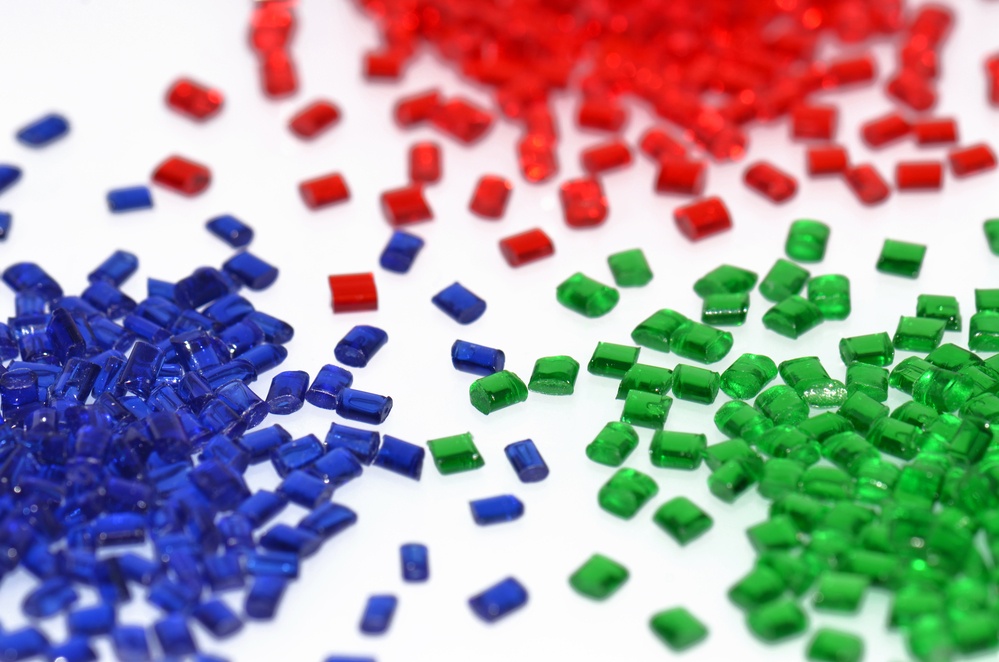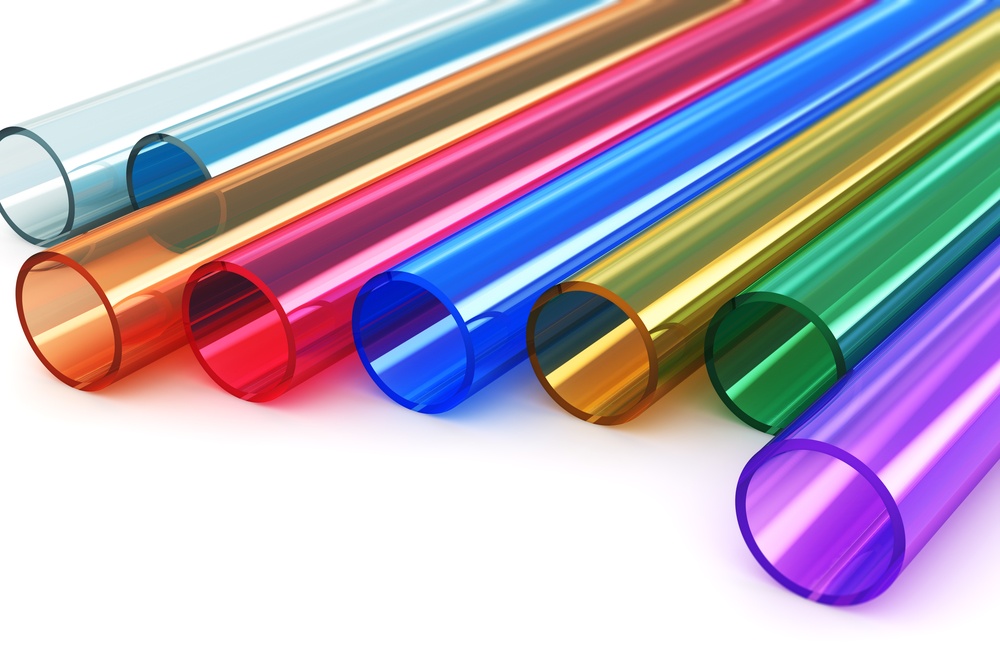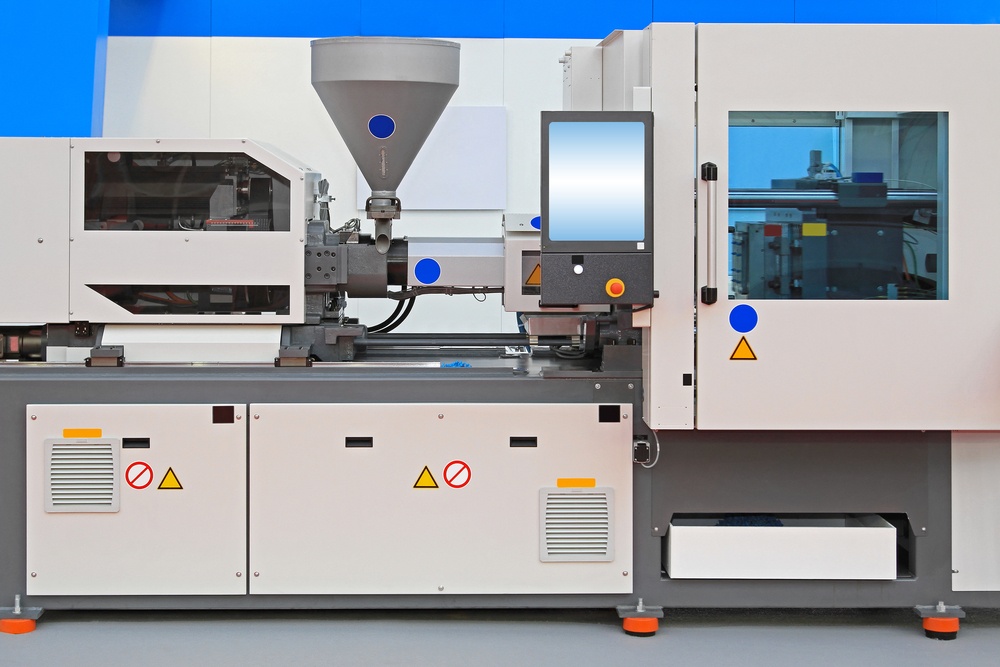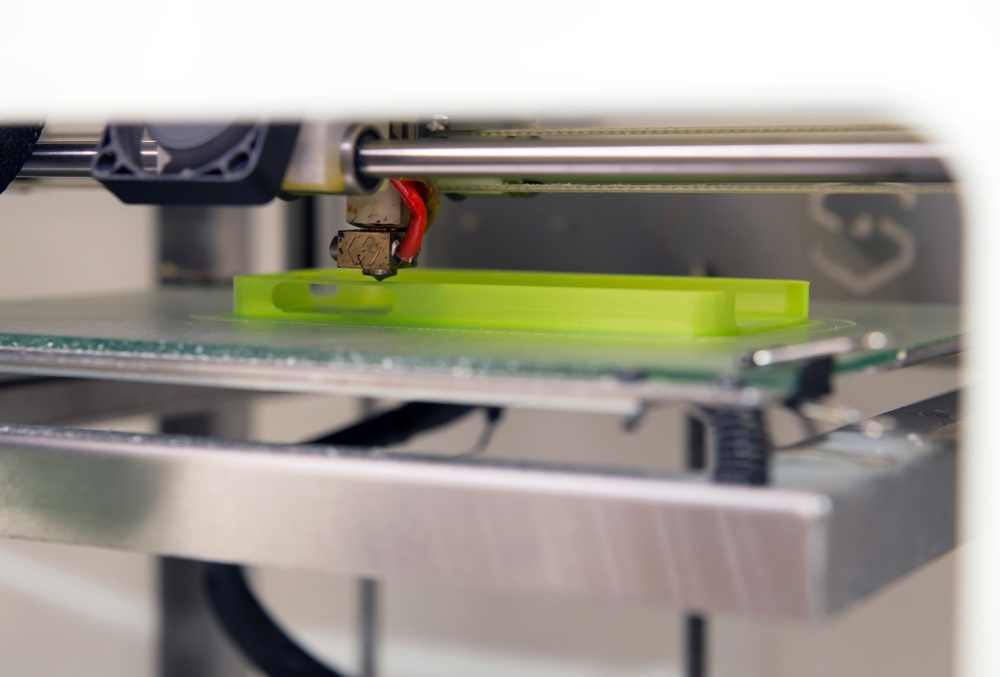The acronym VLSB probably doesn’t mean much to the average person. But to Pleasant Precision, Inc. it means assurance of the absolute highest quality product. Visual Limit Sample Boards are a product of original development and perfection. It’s a system as much as it is a living communication tool.
Cory Arbogast
Recent Posts
Manufacturing companies have a saying, that is, “if you’re doing the same thing you were doing 3 years ago, you are losing money”. Nothing is truer for an industry that requires companies to flow with the current of technology advances and industry standards.
It’s well-known that trying to fit a square peg into a round hole (or round mold) is a useless effort. In fact, a lot of people might call it idiocy. But thirty years ago, Pleasant Precision took that as a challenge. What resulted was innovation. Be it square parts, circular parts, or crazy oblong parts, Round Mate® is the go-to answer.
When you are preparing to inject molding you need to establish process parameters based on information about the mold capabilities. This will mean you will process from a plastics-point-of-view, verifying and then proving over time, and optimizing setup times with mold modifications.
This is a called a systematic process optimization, with single or multiple cavities, used by cold runner or hot runner molds. It can be used by amorphous or semi-crystalline thermoplastic materials. All of these decisions are made using data.
Topics: injection molding
If you’re looking for a balance of strength, transparency, and economy you may want to consider Styrolux for your next modeling project.
Styrolux is a Styrene-Butadiene Block Copolymer (SBC) with several different polymer blends that each have added benefits and disadvantages depending on what you need to model. Types of Stryrolux include: General Purpose Polystyrene (GPPS), Styrene-Methylmeth Acrylate (SMMA), High Impact Polystyrene (HIPS), Stryrene-Acrylonitrite (SAN), and Polypropylene (PP).
Topics: Mold Components
Mold cooling has advanced and become more efficient throughout the years. Before there was newer technology to create optimized circulation throughout mold plates and cavities, there were mold cooling systems to circulate water through base plates not necessarily within the cavities.
Topics: Mold Components
Anything made out of plastic used to be considered cheap; however, today, thousands of products are produced from plastics. Some of these products include automobile parts, computer housings, and medical parts. The first synthetic plastic was produced in 1869 from plant material cellulose by John Wesley Hyatt. His synthetic plastic was used in eyeglass frames, combs, billiard balls, shirt collars, dentures, buttons and photographic film.
Topics: Mold Components
Injection molding can be a complex industry to understand. However, some of the processes and terminology don’t necessarily have to be to those unfamiliar to what it is and how it’s done.
Here’s a quick glossary of some of the most commonly used terms in our industry to help you become more familiar with what we do and how we do it.
Topics: injection molding
Injection molding requires a highly skilled team of associates who specialize in pre- and post-production quality systems. For molds to be high quality and 100-percent effective, it’s crucial the injection molds are made under the highest possible tolerances in the plastics industry.
Topics: injection molding
3D Printing sounds complex, but it’s actually pretty simple once you get the hang of it. And when it comes to the world of injection molding, this new technology is turning out to have a pretty huge impact.
Essentially, instead of printing pages of paper with black ink or colored ink, as an inkjet printer will do, a 3D printer takes a digital file and creates a 3D solid object. This is also known as additive manufacturing. You may be wondering how this works and why it is so important. Here are 6 facts about 3D printing.
Topics: injection molding

.png)
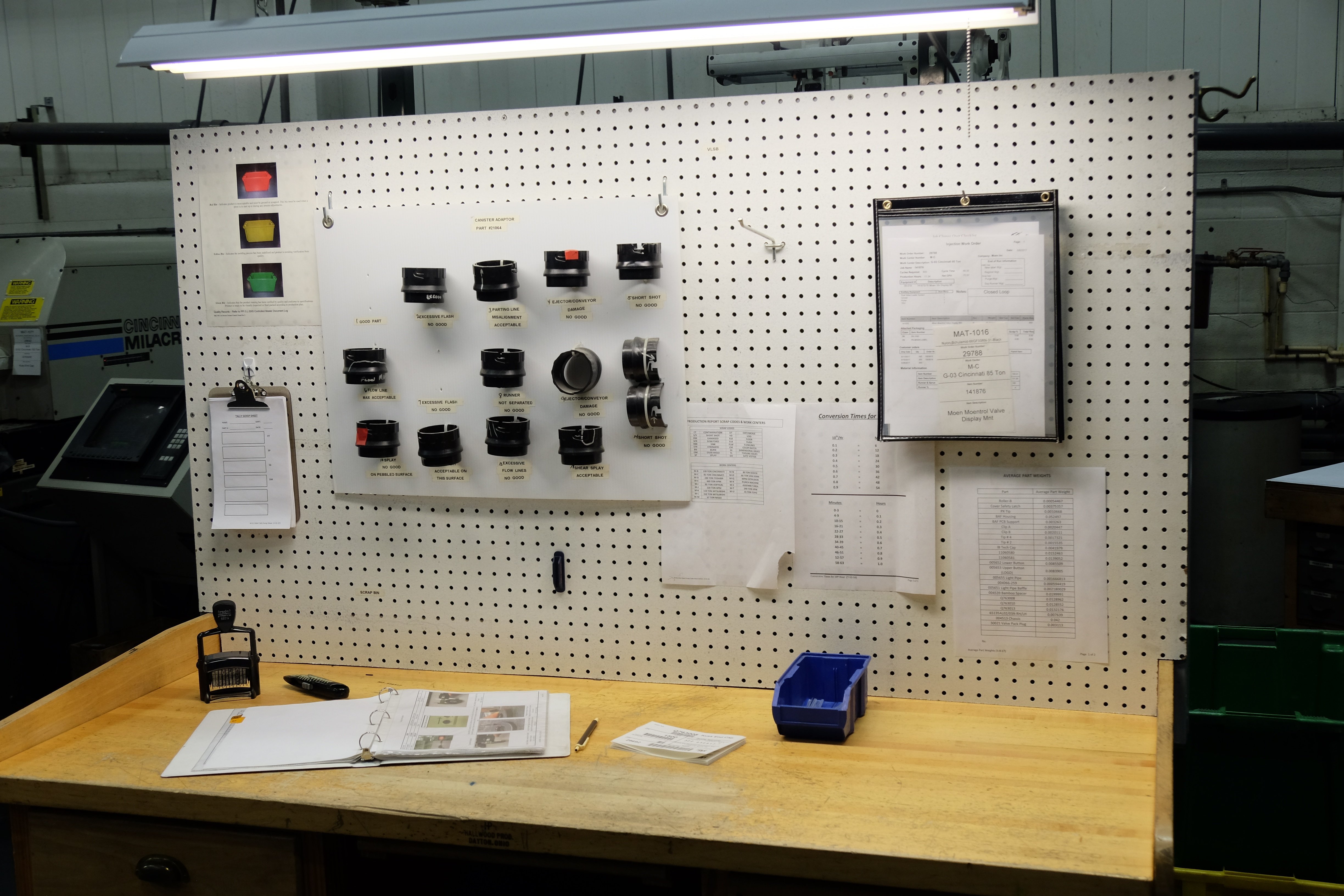
.png)

